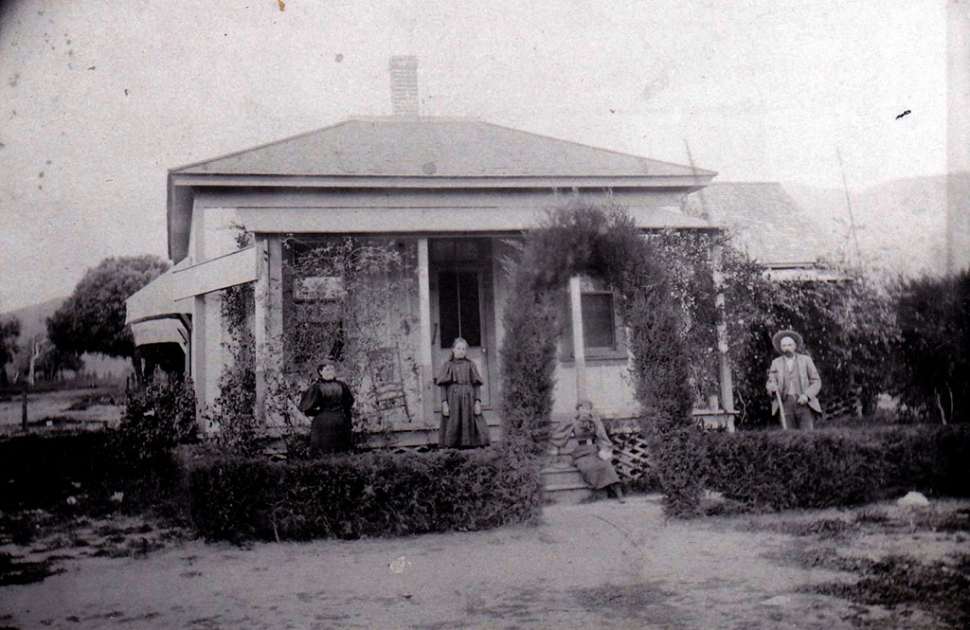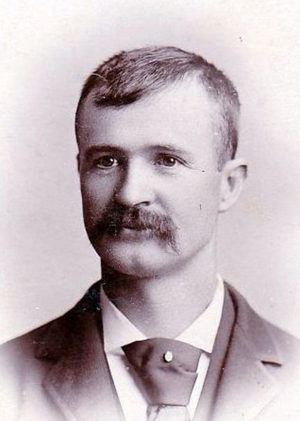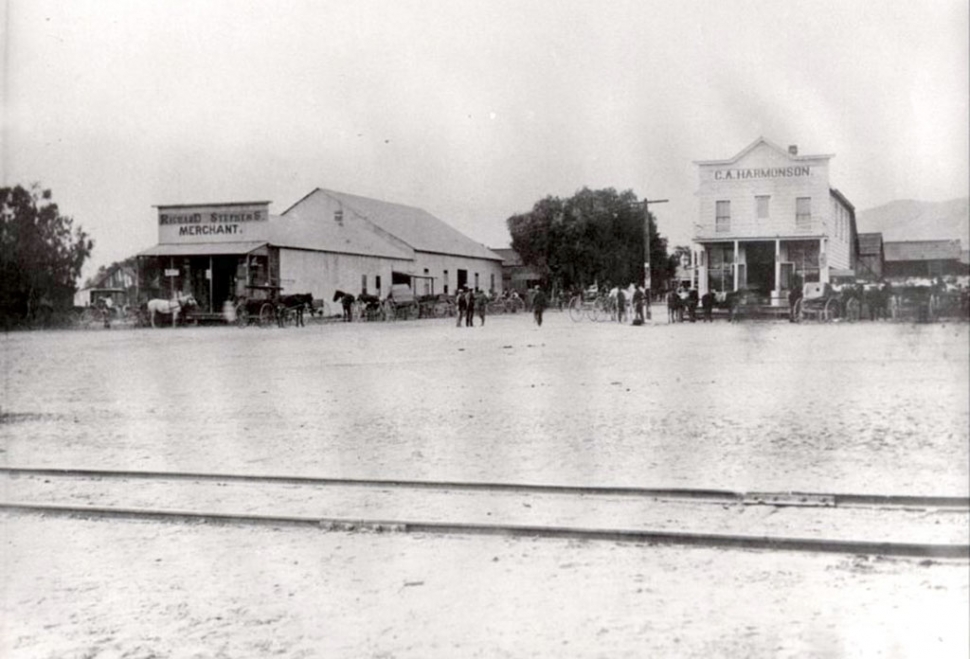|
History of the Fillmore Post Office - Part 1
 The Cottage Hotel, the rooming house owned by the Turner family and also served as Fillmore's first "Post Office." Photos Courtesy Fillmore Historical Museum. By Anonymous — Wednesday, August 26th, 2020
 Elbert B. Turner, who was Fillmore’s first postmaster. The Fillmore Post Office opened in 1887.  The intersection of Central and Main circa 1905. The second Post Office was on the NE corner in a store owned by C. C. Elkins, the third was in the building on the NW corner, owned by Richard Stephens. Courtesy Fillmore Historical Museum By Ellen Finley, 1988 The Fillmore Post Office was established on October 24, 1887, with the appointment of Elbert Bailey Turner as first postmaster. Since Fillmore was not recorded as an official city until August 1, 1888, there was a post office before there was a city. Prior to Mr. Turner’s appointment, the people of Fillmore had to go to Bardsdale for their mail. In those days there was no bridge across the Santa Clara. Fording the river was often dangerous and sometimes impossible. Bardsdale’s first postmaster, Royce G. Surdam, appointed May 18, 1887, was a good-natured, accommodating man. Having carried the mail sack from the Fillmore Railroad Station to Bardsdale, he would often go back across the river with the mail for Fillmore in his vest pocket. In late 1887, Fillmore consisted of the Southern Pacific Railroad Depot (at that time in an old boxcar) and four other buildings. One was a rooming house run by E. B. Turner and his wife, located on the west corner of what is now Main and Central. According to Mrs. Turner, the first post office in Fillmore was a goods box in a front bedroom of their rooming house. After about a year, the post office moved to the railroad depot and Mr. Turner appointed George Tighe assistant postmaster. Mrs. Turner quotes her husband as saying there was not any money in the position of postmaster and it was no honor to work for nothing. On Christmas Day, 1887, Caswell Carl Elkins and his family arrived in Fillmore. As soon as possible, Mr. Elkins erected a two-story building on the east corner of Main and Central where the Bank of A. Levy now stands. The first floor was a badly needed general merchandise store; the Elkins family, for a time, used the second floor as their residence. On March 26, 1889, C. C. Elkins was appointed Fillmore’s second postmaster and kept the post office in his store. The big store building at the east corner of Main and Central remained the location of the post office for about ten years. During this period, Mr. Elkins was devoting most of his time to the citrus industry, apparently leasing his stock and store. In 1891, the store was run by L. H. Amsbury and his partner, George S. Barnes. Amsbury was appointed postmaster on September 14, 1891. Next to lease the store was C. G. Willman who was appointed postmaster on February 18, 1892. By March 8, 1895, however, Willman, who was in failing health, sold out to James Duncan. The Ventura Free Press related that, while Mr. Willman was to go to Honolulu for his health, his wife, Miss Edna, was to continue to serve the patron of the post office. Public sentiment apparently favored letting Willman run out his term, but since there was a “large crop of aspirant for the position of postmaster”, this did not happen. On April 8, 1895, S. A. Guiberson, Jr. was appointed postmaster and, shortly thereafter, both Mr. and Mrs. Willman departed for Honolulu. During Guiberson’s tenure as postmaster, the post office probably remained at the same location, the store now run by James Duncan. Duncan was a Scotsman, “just over from the land of oatmeal and shorter catechism.” Coming to Fillmore to visit friends, he found the whole valley area extremely attractive so decided to stay. Soon after he took over the store from Willman, Duncan hired as a clerk a young countryman, Richard Stephens. The two soon became partners. Ads for Duncan and Stephens pointed out that the store was the location of the post office as well as a telephone. By January 28, 1898, the partners had moved their business across the street to an old tin building on the west corner of Main and Central; the Elkins’ store had been sold to C. A. Harmonson. On November 17 of that same year, James Duncan died. A week later, on November 25, Richard Stephens was appointed Fillmore’s sixth postmaster a position he was to hold until 1915, making him the first Fillmore postmaster whose tenure lasted more than a few years. Stephens’ appointment was vigorously opposed by the Elkins family, probably because the post office would then be moved from their store. But the one thing that could have kept him from being appointed was not known to the opposition – he had not yet become an American citizen. |
